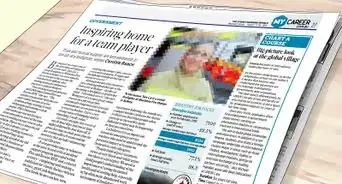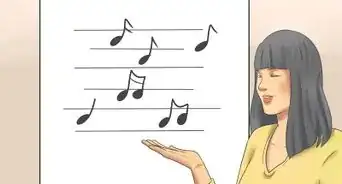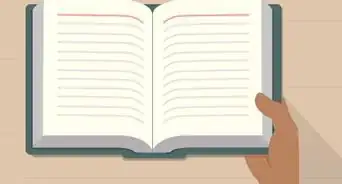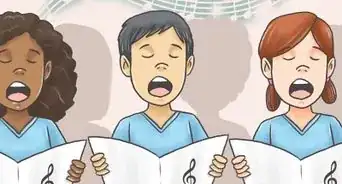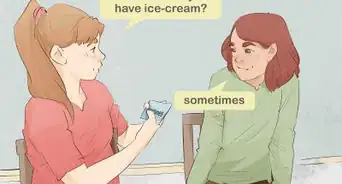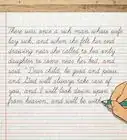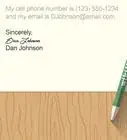This article was co-authored by Soren Rosier, PhD and by wikiHow staff writer, Janice Tieperman. Soren Rosier is a PhD candidate at Stanford's Graduate School of Education. He studies how children teach each other and how to train effective peer teachers. Before beginning his PhD, he was a middle school teacher in Oakland, California, and a researcher at SRI International. He received his undergraduate degree from Harvard University in 2010.
There are 12 references cited in this article, which can be found at the bottom of the page.
This article has been viewed 107,420 times.
When you’re in the classroom, teaching can feel like a balancing act. It can be tough to plan lessons that introduce new content in a clear, engaging, and helpful way for each of your students. That’s where differentiated instruction comes in handy! This style of instruction helps you tailor and customize your lessons to your students’ individual learning needs. Browse through this list for a few tips and suggestions to help you get started.
Steps
Expert Q&A
Did you know you can get expert answers for this article?
Unlock expert answers by supporting wikiHow
-
QuestionHow can you meet group instructional needs in the classroom?
 Soren Rosier, PhDSoren Rosier is a PhD candidate at Stanford's Graduate School of Education. He studies how children teach each other and how to train effective peer teachers. Before beginning his PhD, he was a middle school teacher in Oakland, California, and a researcher at SRI International. He received his undergraduate degree from Harvard University in 2010.
Soren Rosier, PhDSoren Rosier is a PhD candidate at Stanford's Graduate School of Education. He studies how children teach each other and how to train effective peer teachers. Before beginning his PhD, he was a middle school teacher in Oakland, California, and a researcher at SRI International. He received his undergraduate degree from Harvard University in 2010.
PhD in Education Candidate, Stanford University
-
QuestionDoes tailoring instruction to learning styles help students learn?
 Soren Rosier, PhDSoren Rosier is a PhD candidate at Stanford's Graduate School of Education. He studies how children teach each other and how to train effective peer teachers. Before beginning his PhD, he was a middle school teacher in Oakland, California, and a researcher at SRI International. He received his undergraduate degree from Harvard University in 2010.
Soren Rosier, PhDSoren Rosier is a PhD candidate at Stanford's Graduate School of Education. He studies how children teach each other and how to train effective peer teachers. Before beginning his PhD, he was a middle school teacher in Oakland, California, and a researcher at SRI International. He received his undergraduate degree from Harvard University in 2010.
PhD in Education Candidate, Stanford University If you try to identify what type of learning style a student has, then teach them with that method, it's going to fall flat. It's a lot more effective to teach all of your students in a variety of different ways, like having a visual representation on the wall, talking about it, then having students explain it in their own words.
If you try to identify what type of learning style a student has, then teach them with that method, it's going to fall flat. It's a lot more effective to teach all of your students in a variety of different ways, like having a visual representation on the wall, talking about it, then having students explain it in their own words.
References
- ↑ https://www.edweek.org/teaching-learning/read-this-guide-to-meeting-students-individual-needs-with-remote-teaching/2020/03
- ↑ https://www.readingrockets.org/article/what-differentiated-instruction
- ↑ https://www.edutopia.org/blog/differentiated-instruction-ways-to-plan-john-mccarthy
- ↑ Soren Rosier, PhD. PhD in Education Candidate, Stanford University. Expert Interview. 1 May 2019.
- ↑ https://www.edutopia.org/blog/differentiated-instruction-ways-to-plan-john-mccarthy
- ↑ https://iris.peabody.vanderbilt.edu/module/di/cresource/q2/p06/#content
- ↑ https://www.edutopia.org/blog/differentiated-instruction-ways-to-plan-john-mccarthy
- ↑ https://www.readingrockets.org/article/what-differentiated-instruction
- ↑ https://www.teachhub.com/classroom-management/2014/09/flexible-grouping-as-a-differentiated-instruction-strategy/
- ↑ http://www.ascd.org/publications/curriculum-update/winter2000/Differentiating-Instruction.aspx
- ↑ http://www.ascd.org/publications/curriculum-update/winter2000/Differentiating-Instruction.aspx
- ↑ https://www.edutopia.org/article/station-rotation-world-language-classes
- ↑ https://www.chinuchoffice.org/templates/articlecco_cdo/aid/987495/jewish/Finding-Manageable-Ways-to-Meet-Individual-Needs.htm
- ↑ https://www.chinuchoffice.org/templates/articlecco_cdo/aid/987495/jewish/Finding-Manageable-Ways-to-Meet-Individual-Needs.htm
- ↑ http://www.ascd.org/publications/curriculum-update/winter2000/Differentiating-Instruction.aspx
- ↑ http://www.ascd.org/publications/curriculum-update/winter2000/Differentiating-Instruction.aspx
- ↑ https://www.edweek.org/teaching-learning/opinion-strategies-for-meeting-all-students-needs/2012/04
- ↑ https://www.edweek.org/teaching-learning/opinion-strategies-for-meeting-all-students-needs/2012/04
- ↑ https://www.elesapiens.com/blog/how-do-you-meet-the-individual-needs-of-your-students/
- ↑ https://www.edweek.org/teaching-learning/opinion-strategies-for-meeting-all-students-needs/2012/04
- ↑ https://www.understood.org/en/school-learning/partnering-with-childs-school/instructional-strategies/individualized-instruction-vs-differentiated-instruction?
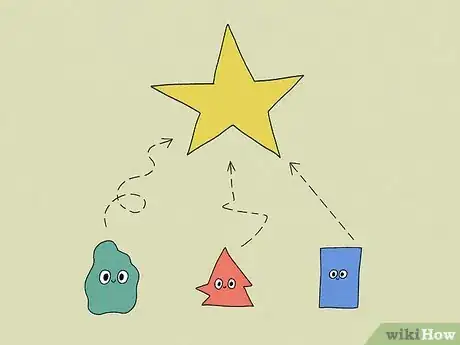
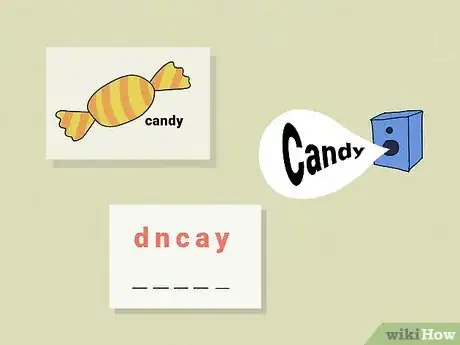

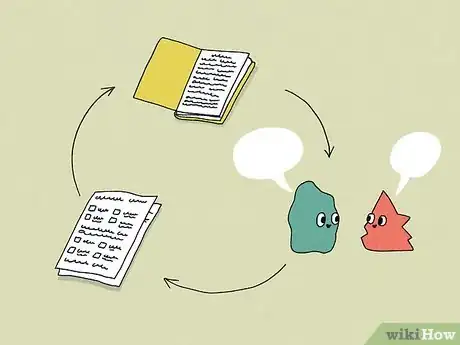
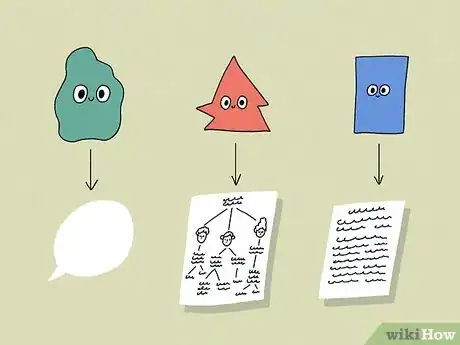
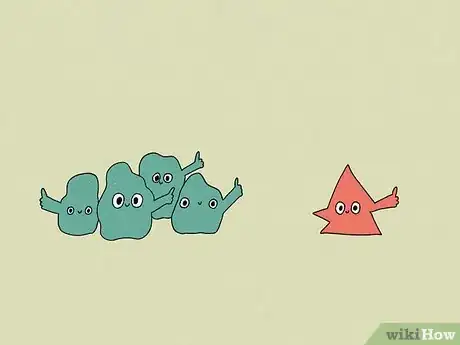

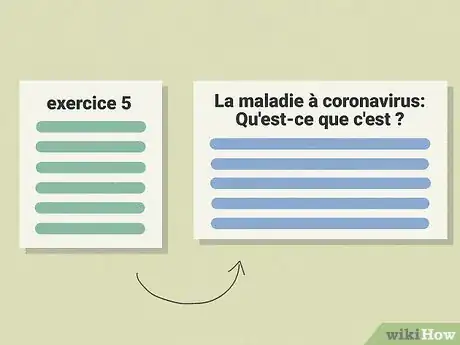
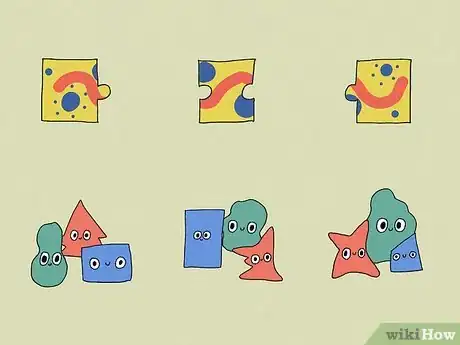
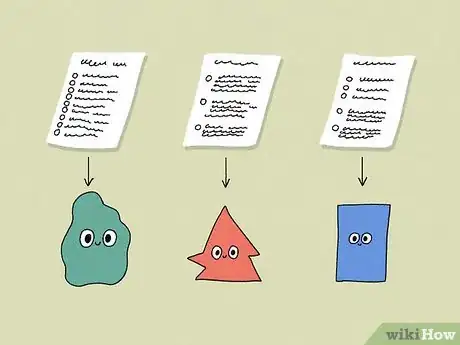
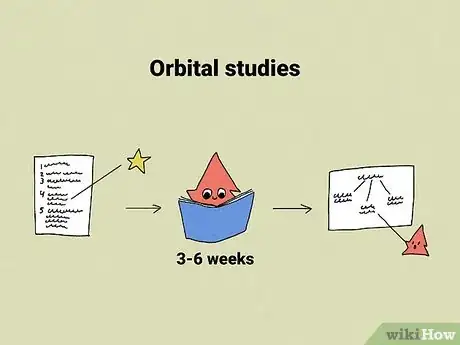
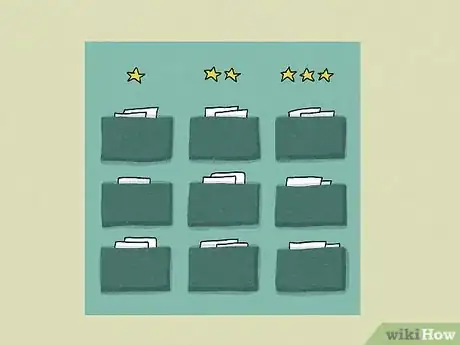

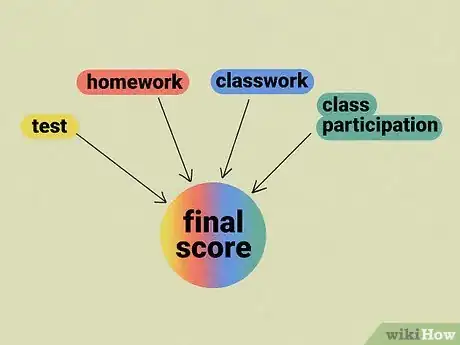

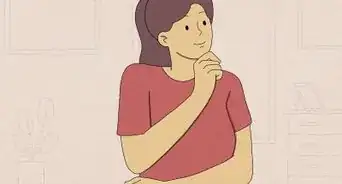
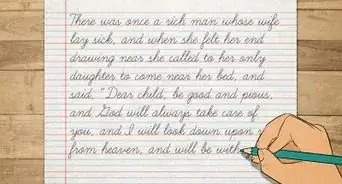
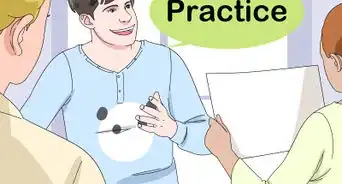
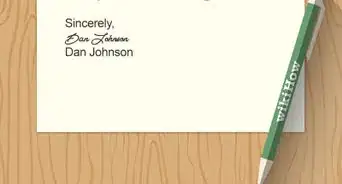
-Step-15.webp)


